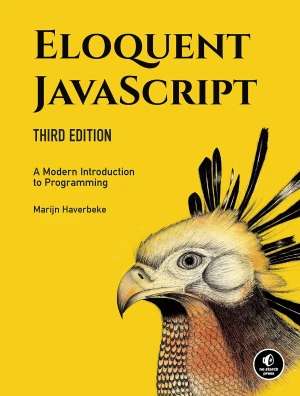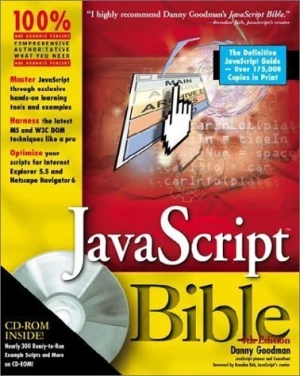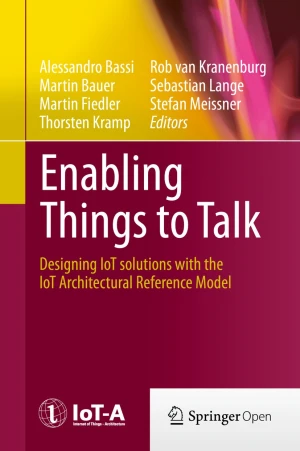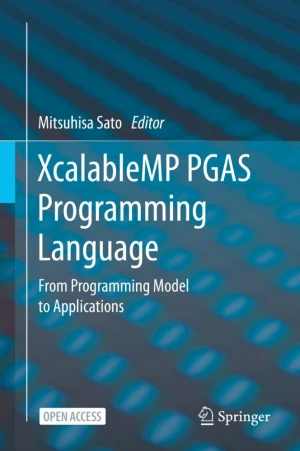Understanding the DOM
Document Object Model
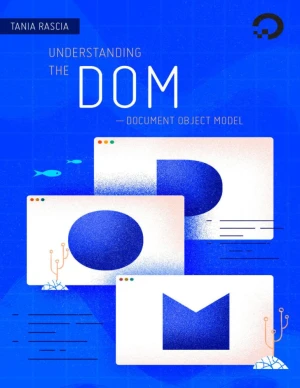
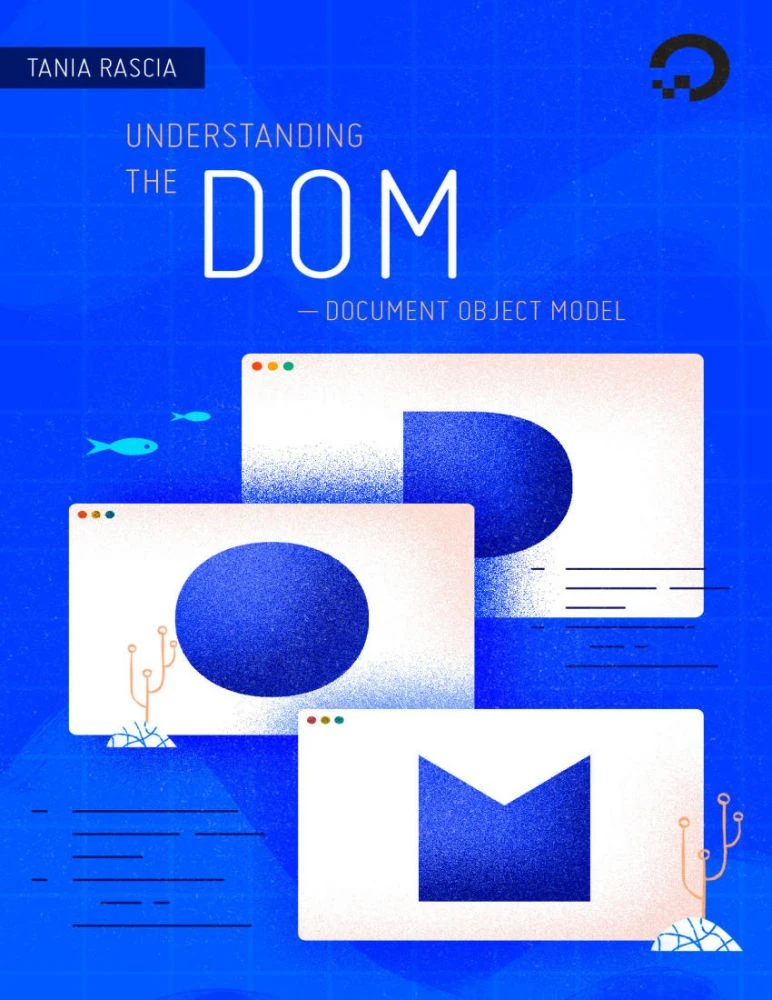
Book Details
| Author | Tania Rascia |
| Publisher | DigitalOcean |
| Published | 2020 |
| Edition | 1st |
| Paperback | 126 pages |
| Language | English |
| ISBN-13 | 9780999773093 |
| ISBN-10 | 0999773097 |
| License | Creative Commons Attribution-NonCommercial-ShareAlike |
Book Description
JavaScript is the de facto programming language of the web, but the language itself does not include any built-in method for working with input/output (I/O), such as graphics display and sound. Instead, the web browser provides an API for accessing the HTML document in a tree structure known as the Document Object Model (DOM). The combination of JavaScript and the DOM is what allows us to create interactive, dynamic websites.
Many modern frameworks, such as React, Vue, and Svelte abstract away much of the DOM from the developer, but frameworks also use the DOM under the hood. The JavaScript library jQuery was also created to make working with the DOM easier, but the modern development practice is to work with the DOM directly. In order to be a proficient web developer, having a deep understanding of what the DOM is and how to work with it is essential. The goal of this book is to provide a base understanding of the DOM, as well as explore examples of the most common and useful methods for interacting with the DOM.
The topics that it covers include:
- The DOM and DOM tree structure;
- How to access, traverse, and modify nodes and elements in the DOM;
- How to modify attributes, classes, and styles in the DOM;
- Use events to make interactive, dynamic websites.
Each chapter is self-contained and can be followed independently of the others. However, if you are not yet familiar with the concept of the DOM and DOM tree, it is recommended that you read the introductory chapters first.
This book is available under a Creative Commons Attribution-NonCommercial-ShareAlike license (CC BY-NC-SA), which means that you are free to copy, distribute, and modify it, as long as you credit the original author, don't use it for commercial purposes, and share any adaptations under the same license.
If you enjoyed the book and would like to support the author, you can purchase a printed copy (hardcover or paperback) from official retailers.
Download and Read Links
Share this Book
[localhost]# find . -name "*Similar_Books*"
Eloquent JavaScript, 3rd Edition
JavaScript lies at the heart of almost every modern web application, from social apps like Twitter to browser-based game frameworks like Phaser and Babylon. Though simple for beginners to pick up and play with, JavaScript is a flexible, complex language that you can use to build full-scale applications. This much anticipated and thoroughly revised
JavaScript Bible, 4th Edition
Greatly enhanced and updated from the third edition, this is the title any JavaScripter cannot afford to be without! JavaScript Bible, 4th Edition covers the new powerful functionality JavaScript will gain with the release of new revs of Internet Explorer and Netscape Communicator. This book features essential new JS information, additional ready-t
Enabling Things to Talk
The Internet of Things (IoT) is an emerging network superstructure that will connect physical resources and actual users. It will support an ecosystem of smart applications and services bringing hyper-connectivity to our society by using augmented and rich interfaces. Whereas in the beginning IoT referred to the advent of barcodes and Radio Frequen
XcalableMP PGAS Programming Language
XcalableMP is a directive-based parallel programming language based on Fortran and C, supporting a Partitioned Global Address Space (PGAS) model for distributed memory parallel systems. This open book presents XcalableMP language from its programming model and basic concept to the experience and performance of applications described in XcalableMP.�
The Nature of Code
How can we capture the unpredictable evolutionary and emergent properties of nature in software? How can understanding the mathematical principles behind our physical world help us to create digital worlds? This book focuses on a range of programming strategies and techniques behind computer simulations of natural systems, from elementary concepts
Understanding the InnerSource Checklist
Although many large corporations are reluctant to release the software they use in-house publicly as open source, those companies can still use principles and processes of open source for developing their in-house software - a practice popularly known as InnerSource. But adopting open source practices without understanding the cultural context behi

